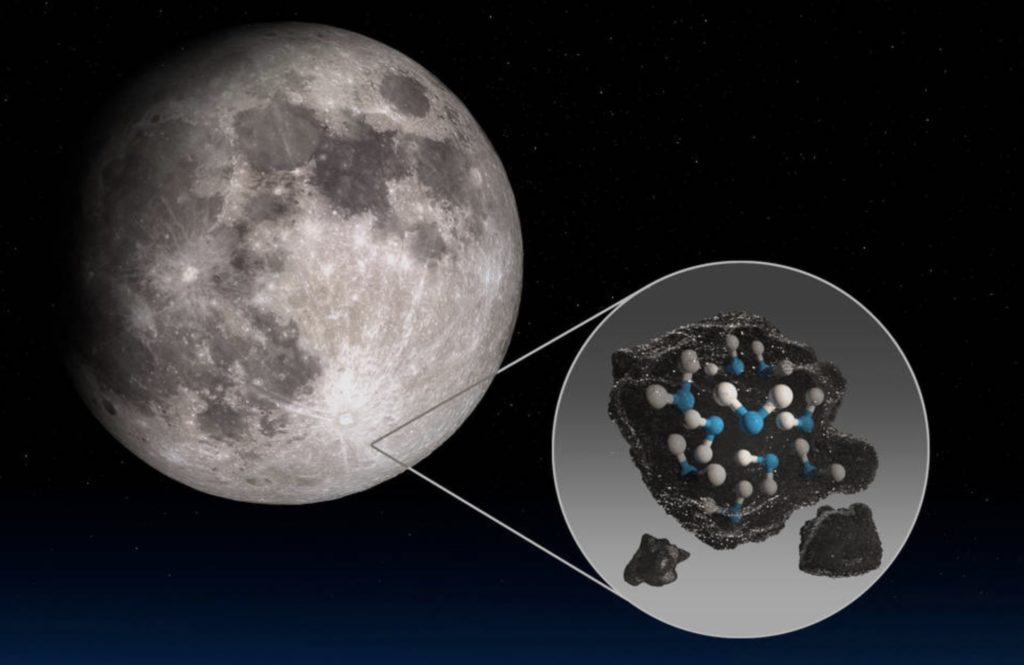Researchers have found the Moon holds more water than previously thought, including on its sunlit surface.
Scientists uncovered more frozen water than expected in the dark, shadowed parts of the Moon and presence of the liquid in the parts that receive sun as well. They did this using NASA’s Stratospheric Observatory for Infrared Astronomy (SOFIA). This is a modified Boeing airplane which flies above most of our atmosphere observing phenomenon and objects in space other telescopes miss.
While SOFIA is usually used to look at distant, dim objects like black holes, this was a special project aimed at finding out what would happen if it was trained on an object closer to our Earth.
“We had indications that H2O – the familiar water we know – might be present on the sunlit side of the Moon,”said Paul Hertz, director of the Astrophysics Division in the Science Mission Directorate at NASA Headquarters in Washington.
“Now we know it is there. This discovery challenges our understanding of the lunar surface and raises intriguing questions about resources relevant for deep space exploration.”
The question of water in space, especially on our nearest celestial neighbour, has been at the very top of space explorers minds since humans first made it into orbit. If a planet or a celestial body has water, there is an improved chance of sustaining human life.
“Prior to the SOFIA observations, we knew there was some kind of hydration,” said Casey Honniball, the lead author who published the results from her graduate thesis work at the University of Hawaii at Mānoa in Honolulu. “But we didn’t know how much, if any, was actually water molecules – like we drink every day – or something more like drain cleaner.”
There are still many questions regarding this find like those posed by Honniball. NASA plans to complete follow-up flights that will look for water in additional sunlit locations and during different lunar phases to learn more about how the water is produced, stored, and moved across the Moon.
This discovery and the subsequent data is more important than ever as NASA plans to send a man and woman to the Moon as part of the Artemis mission in 2024.
Picture: NASA

